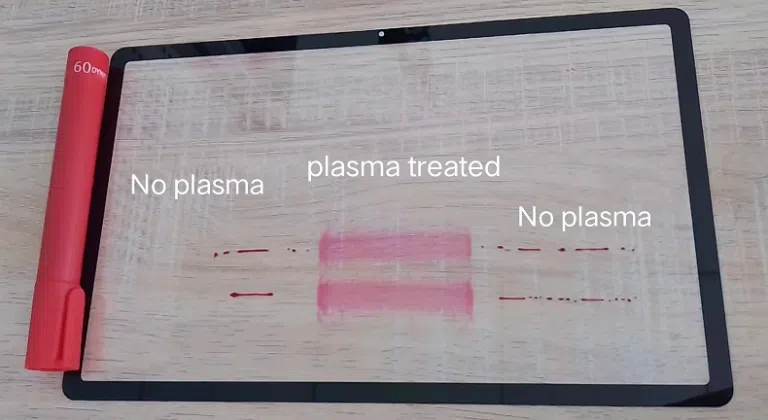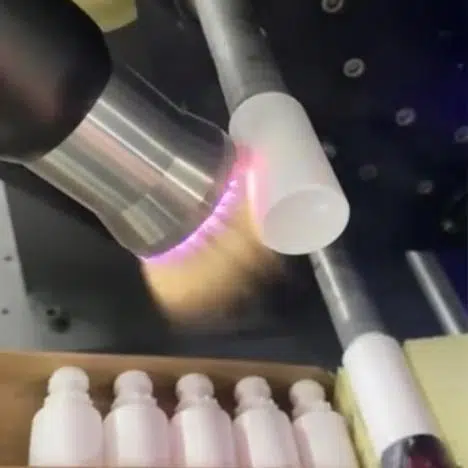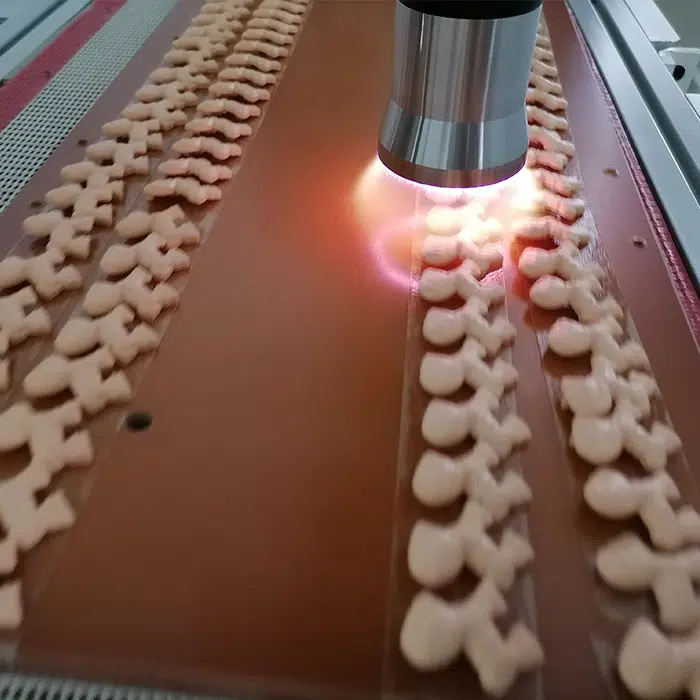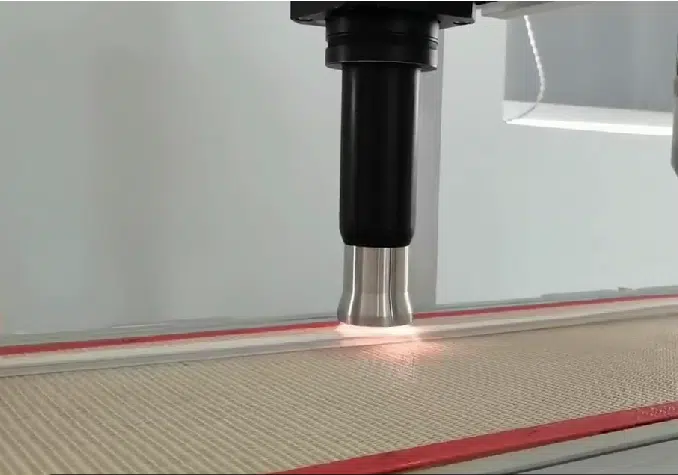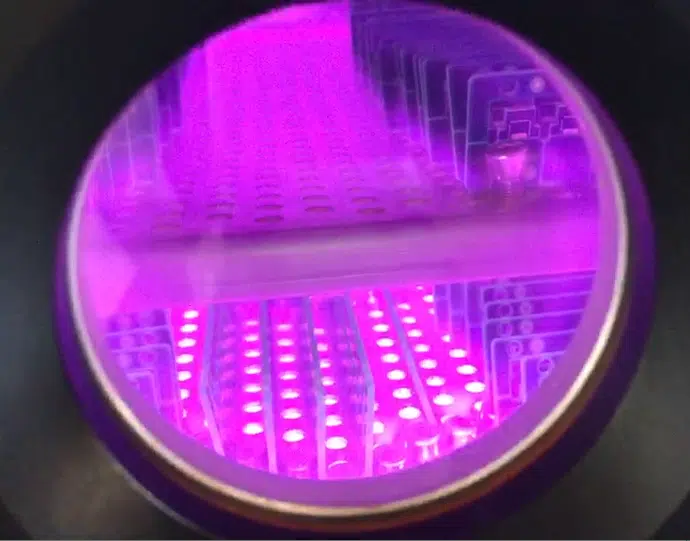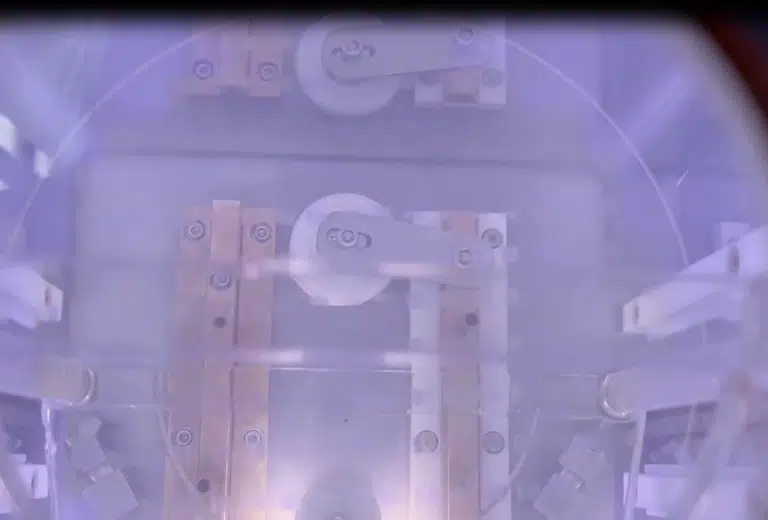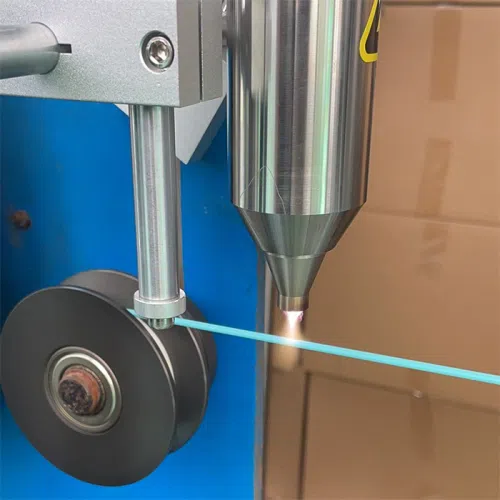PDMS bonding is an important step. PDMS is a material commonly used in the preparation of micro-controlled flow chips, which involves the bonding between PDMS and PDMS or PDMS and glass. The PDMS surface has poor wettability, so a plasma cleaning machine is required for surface treatment before bonding. The purpose of plasma is mainly to improve its surface wettability and make the bonding between PDMS and the substrate (PDMS or glass) closer.
Advantages of Plasma for PDMS Bonding
- Using plasma for cleaning can help improve the compatibility of PDMS with biology, making it more suitable for use in biomedical equipment, such as biochips, microfluidic control chips, etc.
- It can help the liquid in the microfluidic chip to be evenly distributed and improve the efficiency and stability of the chip.
- It can improve the conductive properties of PDMS surface, making it more suitable for electronic equipment manufacturing.
- It can effectively remove organic pollutants on the PDMS surface and activate the surface to achieve better bonding effects.
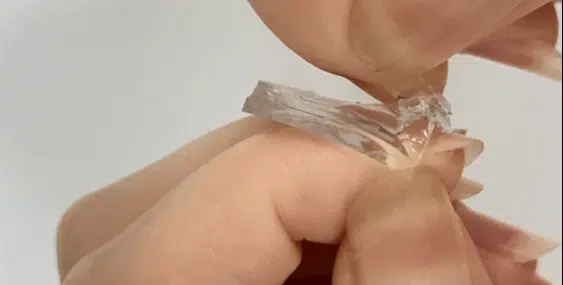
Whether it is the bonding of PDMS to glass or the bonding of PDMS to PDMS, it is achieved through plasma treatment. Oxygen plasma is used to change its surface properties and form stable Si-O-Si bonds from unstable chemical bonds, resulting in a stable chemical bond between PDMS and the substrate. Then, the processed PDMS and the substrate are immediately bonded together, the air is exhausted, and left to stand at room temperature for a period of time to fully bond the PDMS to the substrate. It should be noted that before plasma treatment, the surfaces of PDMS and glass must be clean, otherwise the bonding effect will be affected. At the same time, the processing time cannot be too long or too short, and must be controlled within an appropriate range. In addition, it is also very important to select the appropriate gas and adjust the gas ratio. Too much or too little will not achieve the best bonding effect. In order to achieve good bonding effects, some tools can also be used to improve the quality of bonding after plasma cleaning.
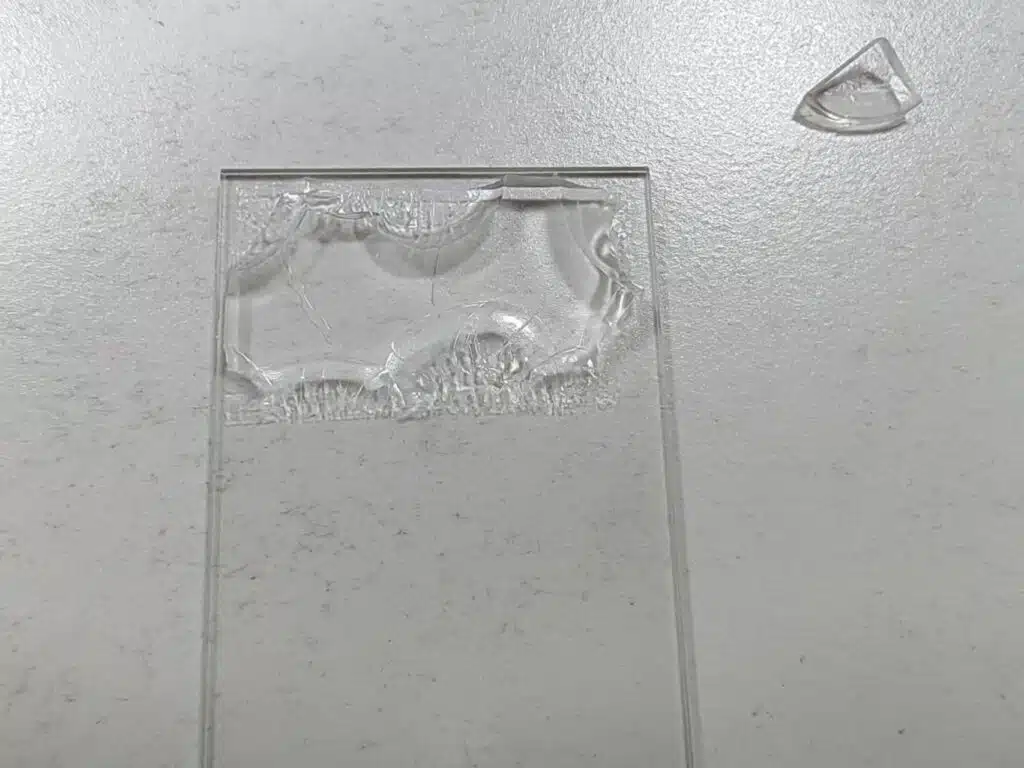
Fangrui plasma cleaning machine has rich experience in handling PDMS bonding. It has been summarized that the factors that generally lead to PDMS bonding failure are:
- Impurities or dirt on the chip or glass surface: These impurities or dirt may prevent effective chemical bonding between the PDMS chip and the glass surface, causing bonding failure.
- Longer placement time: If bonding is not performed in time after plasma treatment, the PDMS surface will quickly return to hydrophobicity, which may cause bonding failure.
- Improper selection of gas: Whether to use gas or not requires multiple practices based on the specific situation to achieve the best treatment effect.
- Plasma cleaning time: The PDMS material is special. If the time is too long, the surface will be too rough and the solution with too high viscosity cannot be injected. If the time is too short, the surface will be insufficiently functionalized.
- Temperature: Temperature is also critical during the PDMS bonding process. If the temperature is too high, it may cause the PDMS material to soften, while if the temperature is too low, it may cause bonding failure.
PDMS can be well bonded using a vacuum plasma cleaner. We have rich experience and have established good cooperation with major universities at home and abroad. Using a vacuum plasma cleaning machine can activate the PDMS surface very well, making it easier to clean the PDMS with PDMS. If you have any other questions about PDMS bonding, please feel free to contact me.
